Hue Imperial City Walking Tour
Hue Imperial City Walking Tour is the best way to deeply learn about the architecture and history of the Nguyen Dynasty. A knowledgeable and experienced English-speaking tour guide will accompany you for 2.5 hours. Throughout the tour, the tour guide will delve into stories and insights into the lives of the 13 emperors, concubines, and eunuchs.
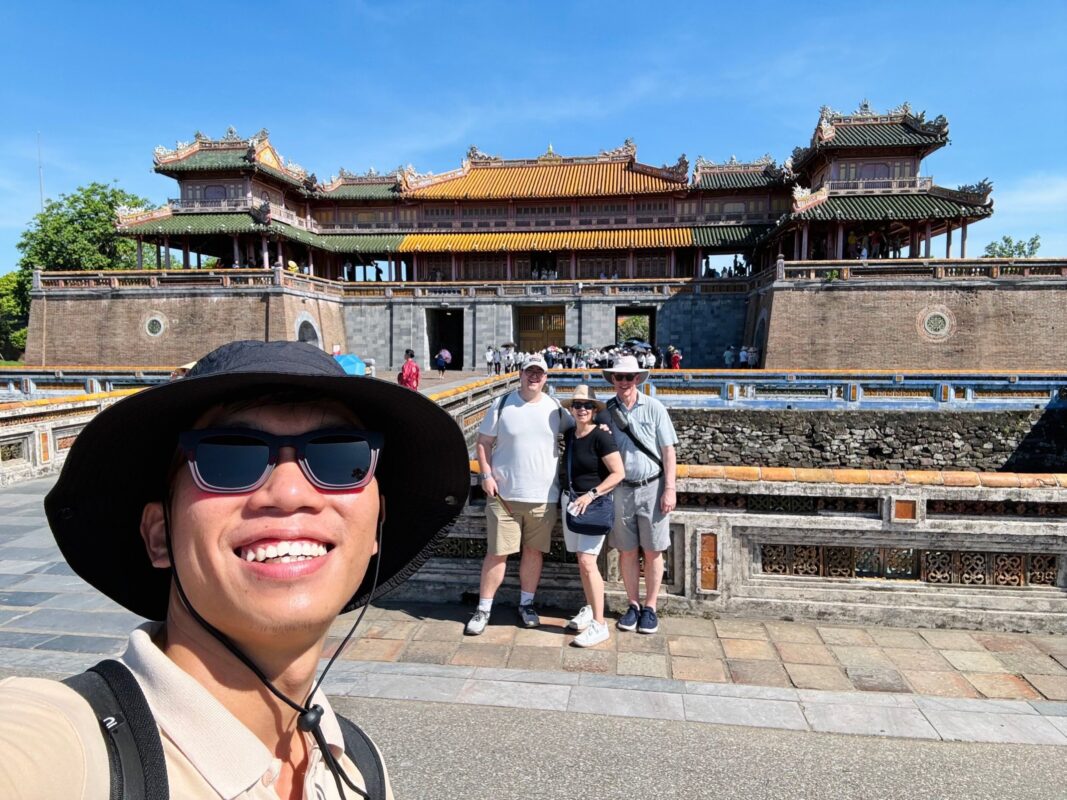
Why not join us for this enriching experience?
Tours can be booked from 7:00 a.m. to 3:00 p.m., depending on your timing and requirements. The program usually lasts 2 to 2.5 hours. Your knowledgeable tour guide will meet you at the Nine Holy Cannons (Cuu Vị Than Cong) in Cua Ngan with a welcome board and they will assist you in purchasing tickets before starting the Hue Imperial Walking Tour.
1. Nine Holy Cannons is one of the highlights of Hue Imperial City, which are nine precious bronze cannons with high historical value. Includes 5 guns symbolizing the five elements, and 4 guns symbolizing the 4 seasons in Vietnam.
2. The Flag Tower is an architectural work built in 1807 and restored in 1948. Many war battles took place here and is also where many important events in Vietnam took place.
3. Noon Gate under the reign of King Minh Mang in 1833, Ngo Mon Hue was built on the south side of the Hue Imperial City with meticulousness in traditional Vietnamese architectural style. There are two parts: the lower part is the platform and the upper part is the Five-Phoenix Pavilion.
4. Thai Hoa Palace is the most important palace in the Hue Imperial City, where the throne is located and the most important ceremonies of the court and royal family are held.
5. The Forbidden City is the third citadel inside the Hue Imperial City, where the king lived. This place has a total of 10 gates, located in 4 directions East, West, South, and North; and inside there are about 50 different architectural works.
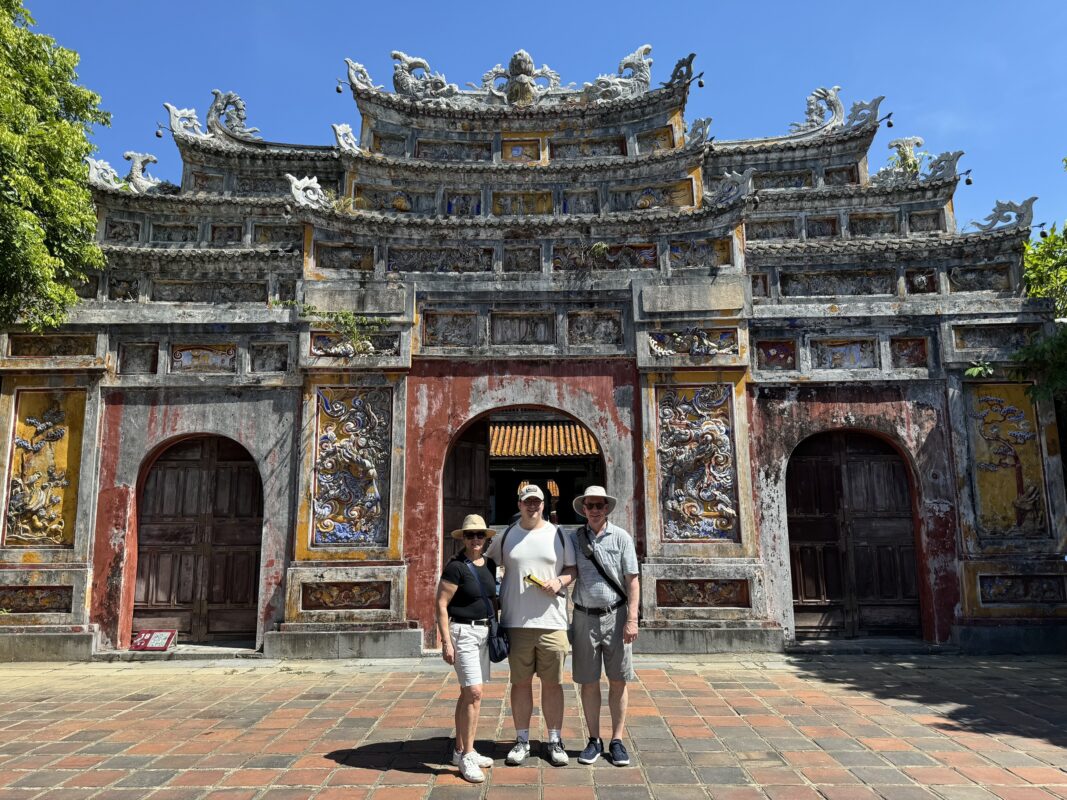
6. Duyet Thi Duong Theater is one of the theaters built during the Nguyen Dynasty, this place is a place to perform artistic activities inside the royal court. Currently, there are still performing arts organizations with performances such as royal court music and musicals.
7. Thieu Phuong Garden is one of the large gardens inside the royal citadel, a place to stroll around, admire the scenery, and write poetry. This place was built with a total area of 8,000 square meters and surrounded by a city wall.
8. Thai Binh Pavilion is a place for the king to relax and read books, built during the reign of Khai Dinh King from 1919 to 1921. This place has luxurious and modern architecture combined with the Nguyen Dynasty’s architecture.
9. Kien Trung Palace is an outstanding building, restored and completed in January 2024. This place has a combination of Asian and European architecture. Initially, this place was built under Khai Dinh King but by 1947 it completely collapsed. The palace was designed by French architect Auguste Delaval and Vietnamese architect Nguyen Ba Lang. It was a two-story structure with a mix of European and Vietnamese architectural styles. The exterior was decorated with colorful ceramics and the interior was furnished with expensive furniture and art objects.
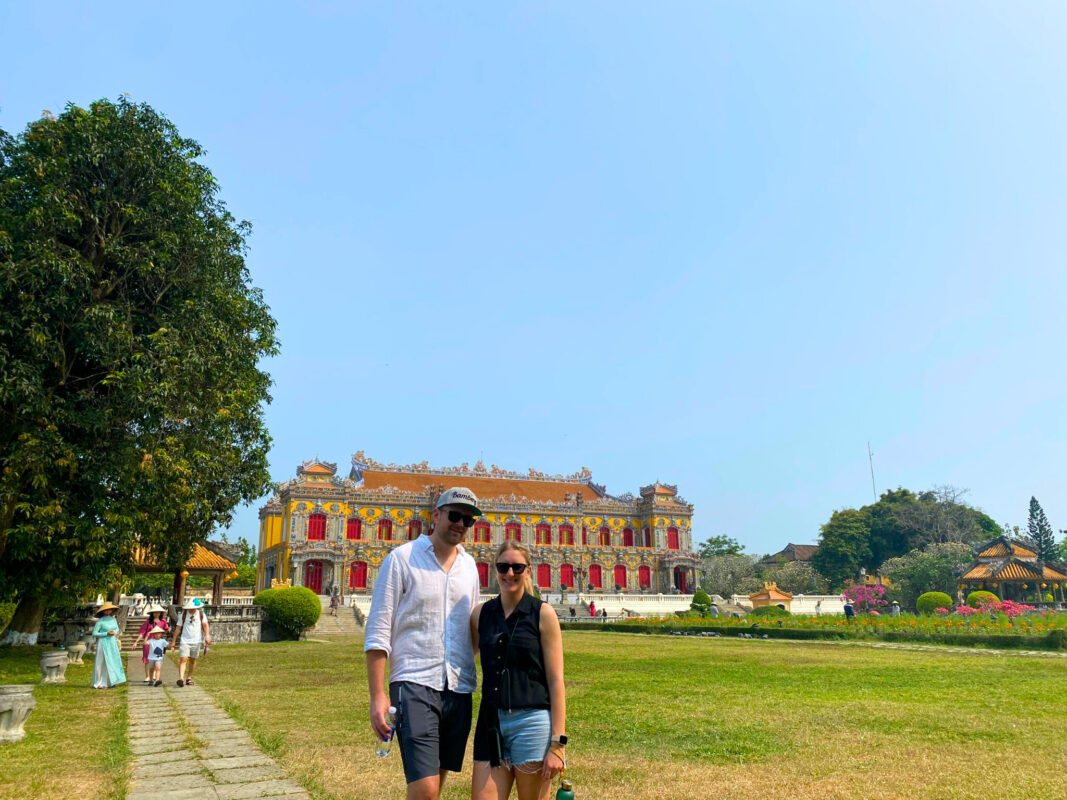
10. Dien Tho Palace is the residence of the King’s Mother, this structure was built in 1804. Inside the palace there are a total of 20 large and small structures with diverse architecture.
11. The To Temple is a place to worship kings. It was first built to worship Gia Long King, but later, every time the kings died, they would be worshiped inside The To Temple. The Nguyen Dynasty had a total of 13 kings, but only 10 kings are worshiped here.
12. The Nine Dynastic Urns is a unique work of art during the reign of King Minh Mang, cast from 1835 to 1836. On each bronze top are engraved images of Vietnam at that time and there are a total of 162 works of art.
13. Hien Lam Pavilion was built inside The Mieu Temple from 1821 to 1822. This is considered a memorial monument to commemorate the merits of the Nguyen Dynasty kings and is also a place for emperors to epiphany.
14. Trieu To Temple is one of 5 important temples inside the imperial citadel, built in 1804. This is the place to worship the lord’s father of the Nguyen Dynasty.
After learning about the history and most of the architectural works inside Imperial Hue, your tour guide will go with you to Hien Nhon Gate and see you off. End of Hue Imperial City Walking Tour. Thank you for trusting and choosing our service.
Note:
- Good price when traveling with a large number of guests.
- Tourists when visiting Hue ancient capital relics must wear polite, neat clothes, suitable for the nature of the relics. Especially in inner sanctum areas and places of worship, you absolutely must not wear offensive or revealing clothes such as short clothes above the knee: shorts, tank tops, short skirts…


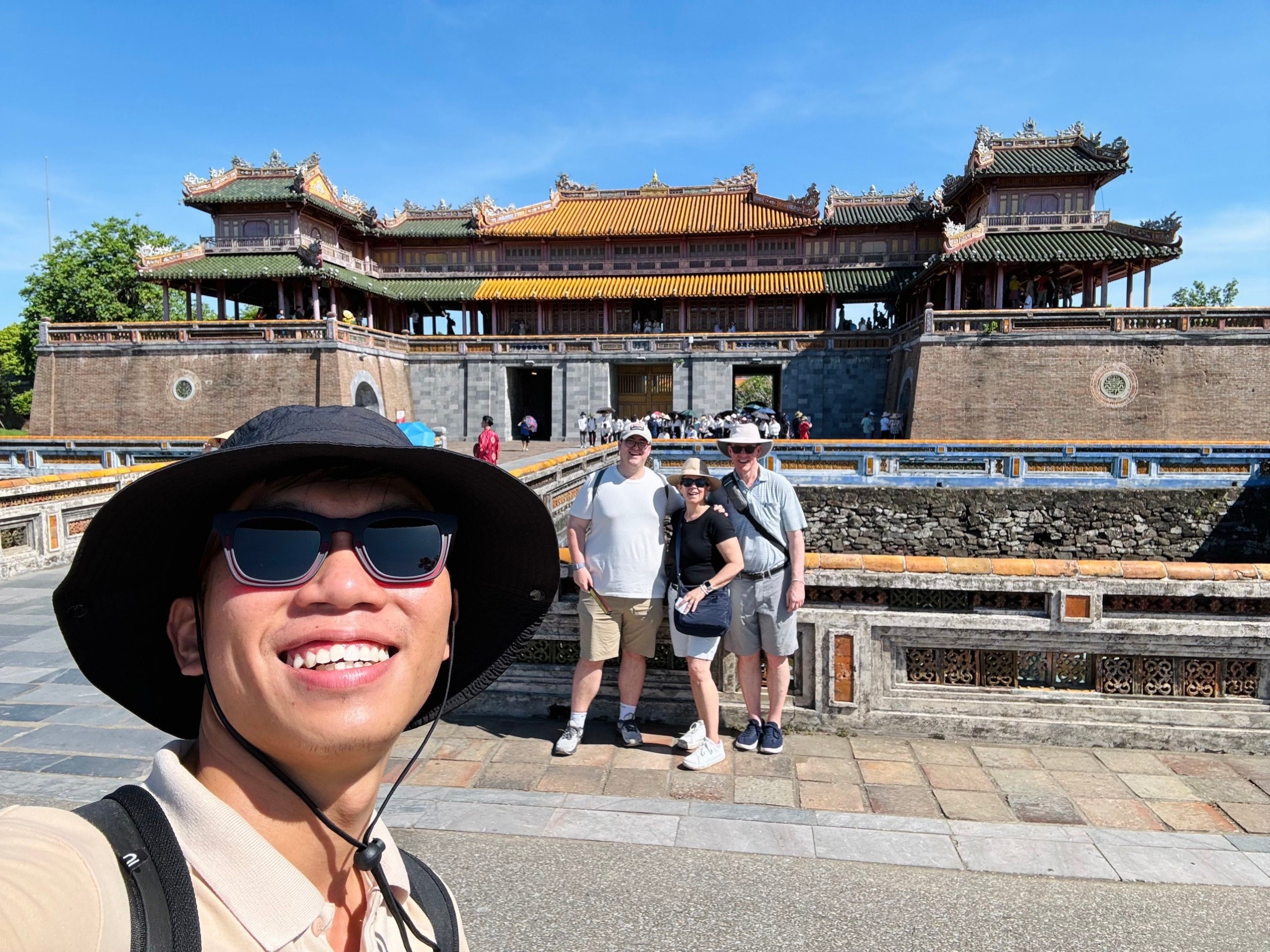
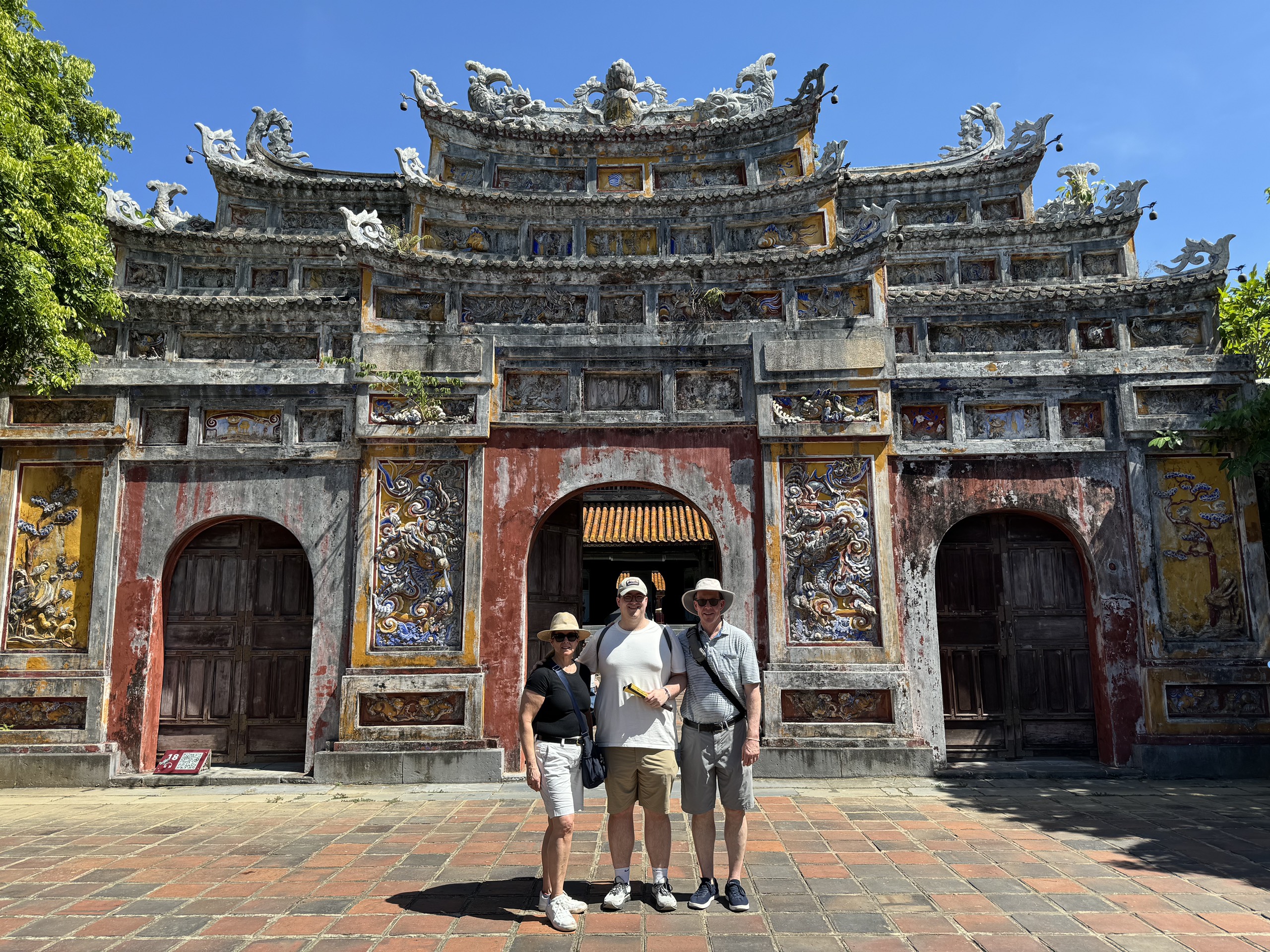
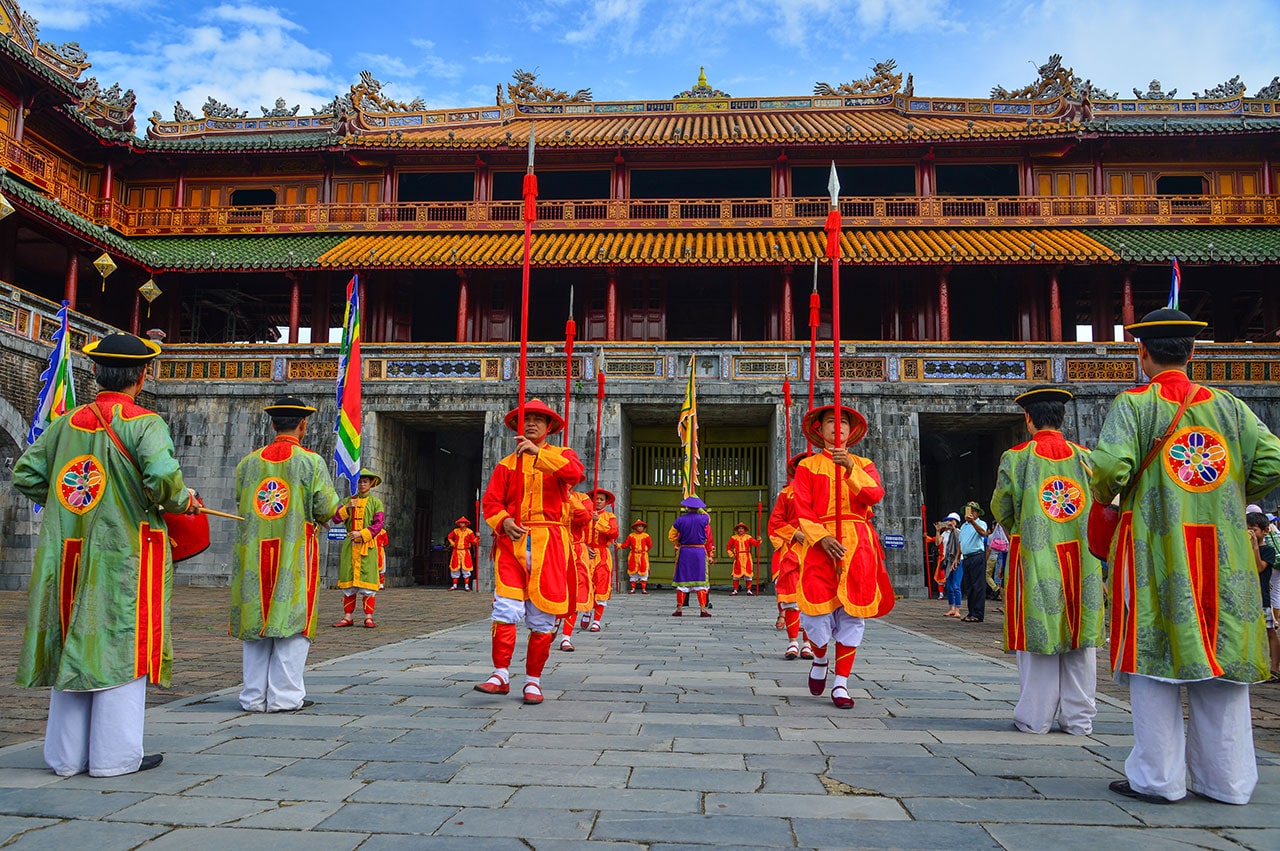

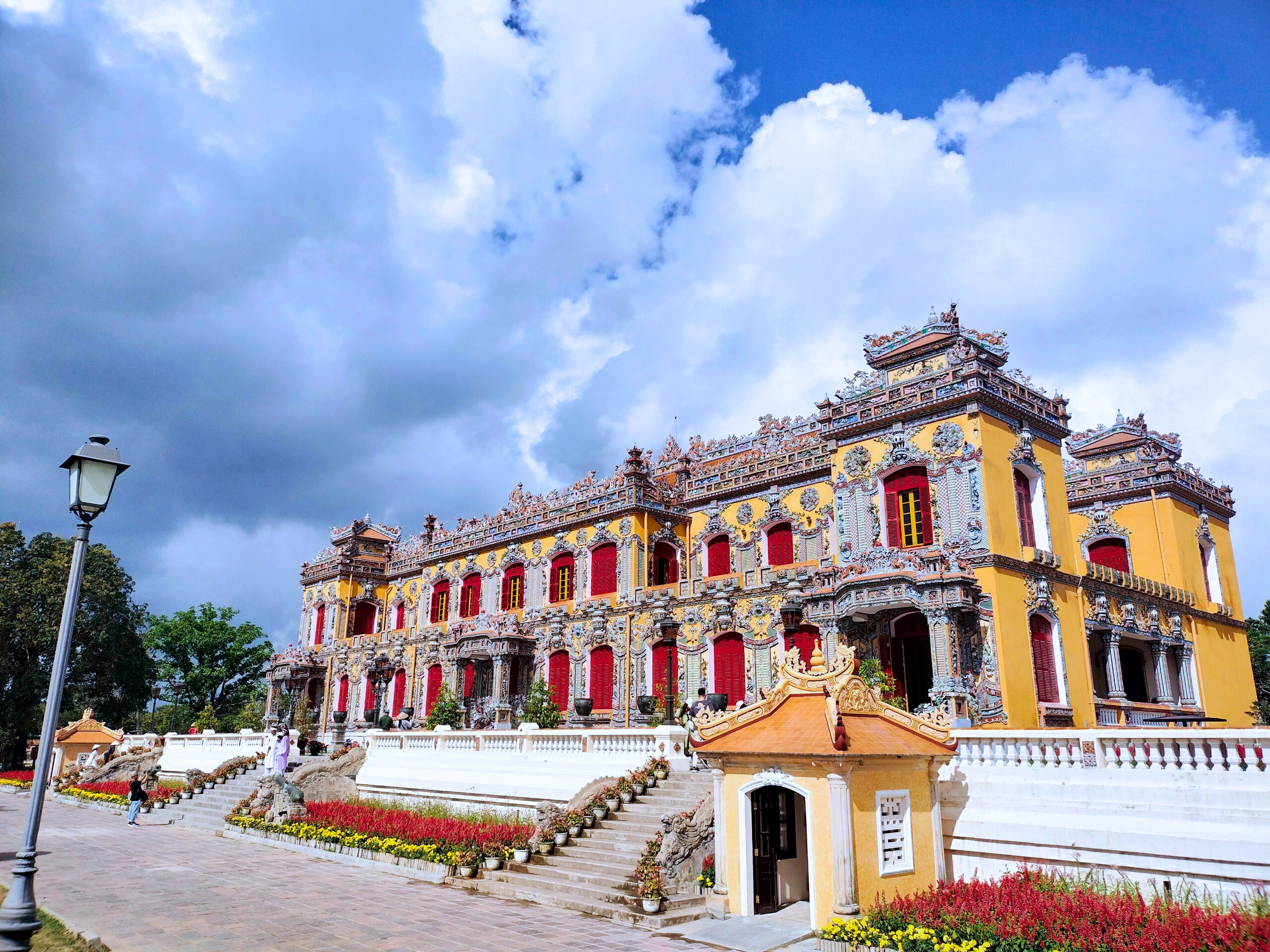
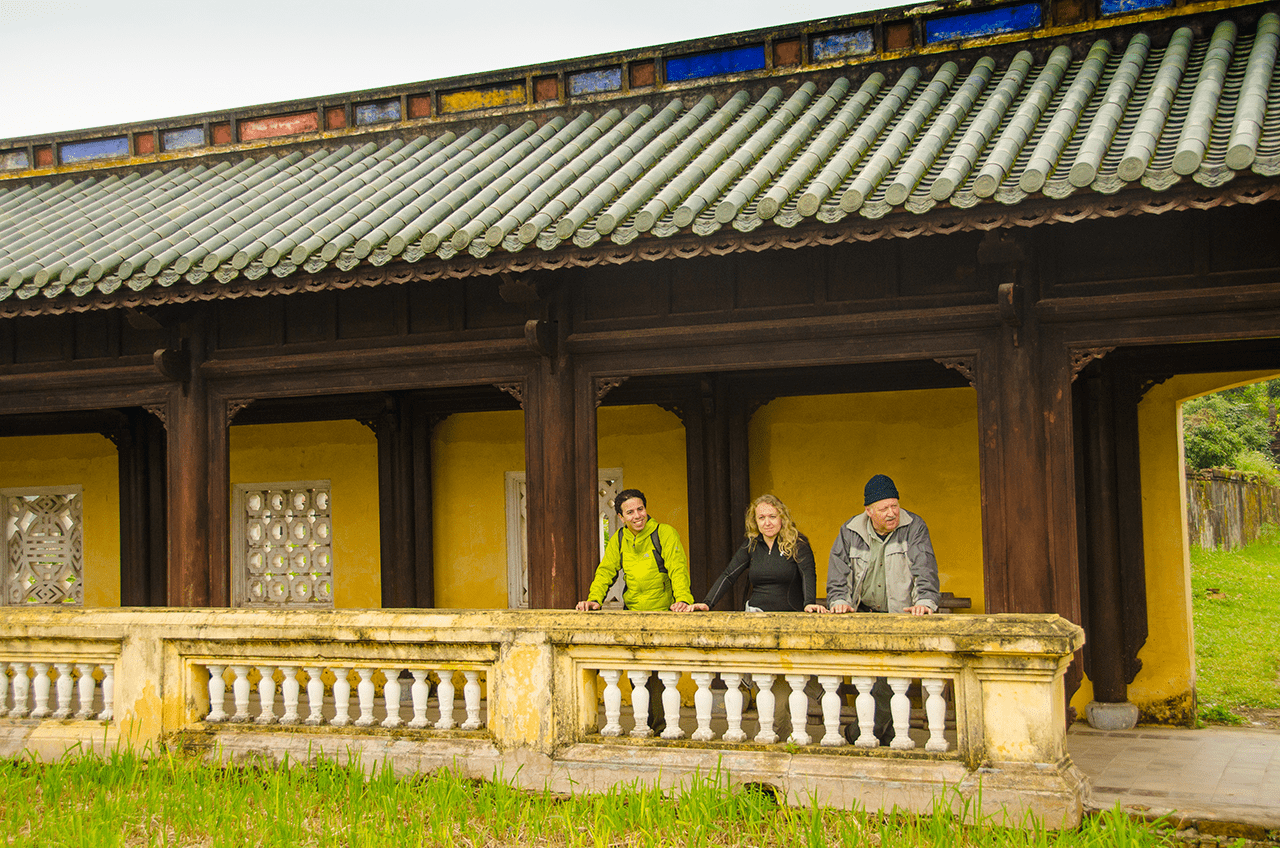

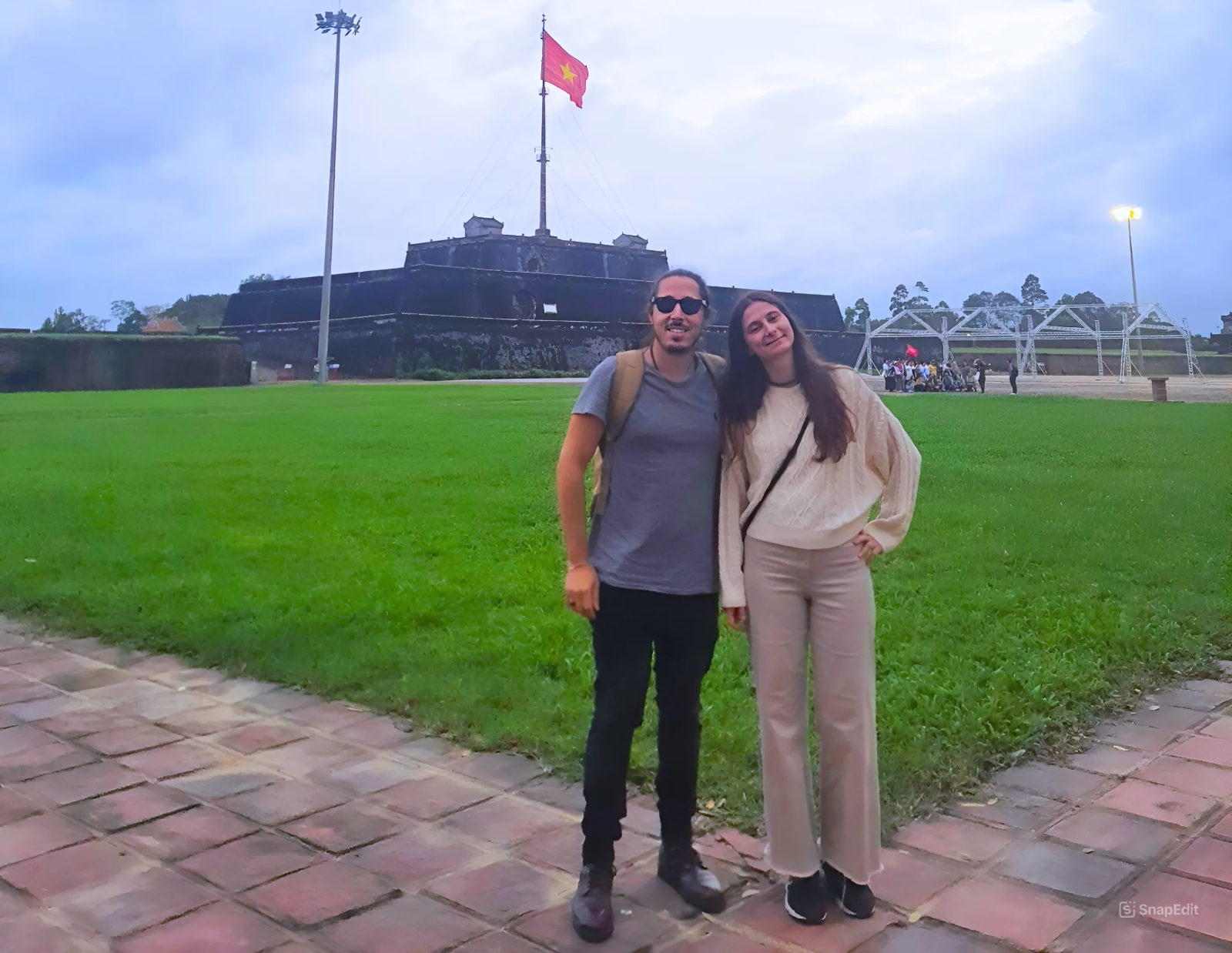



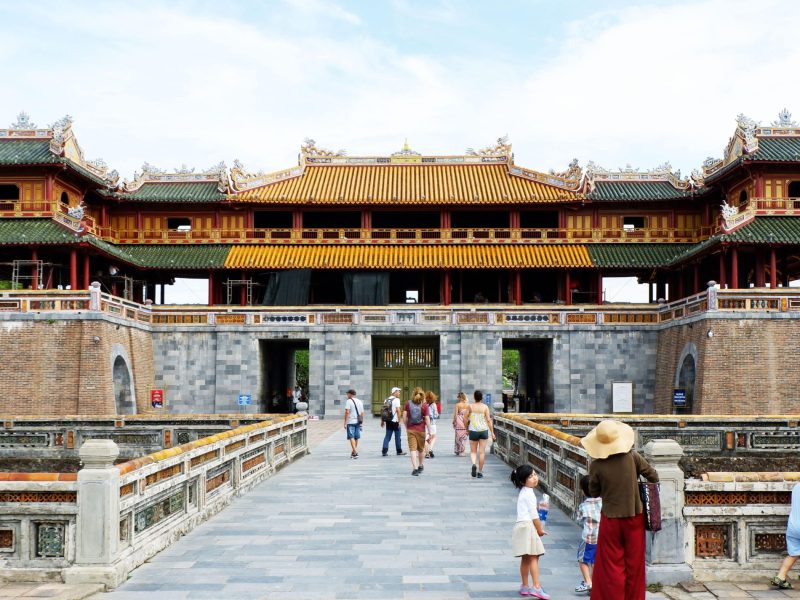
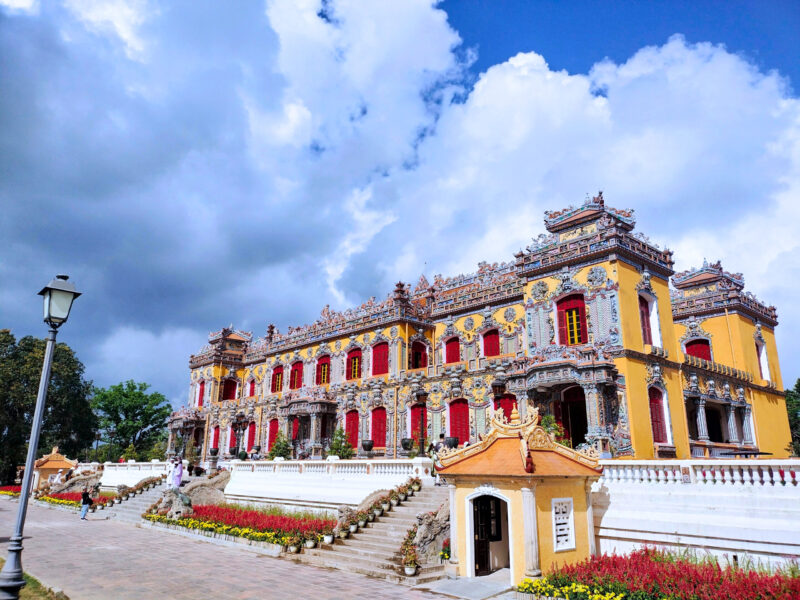
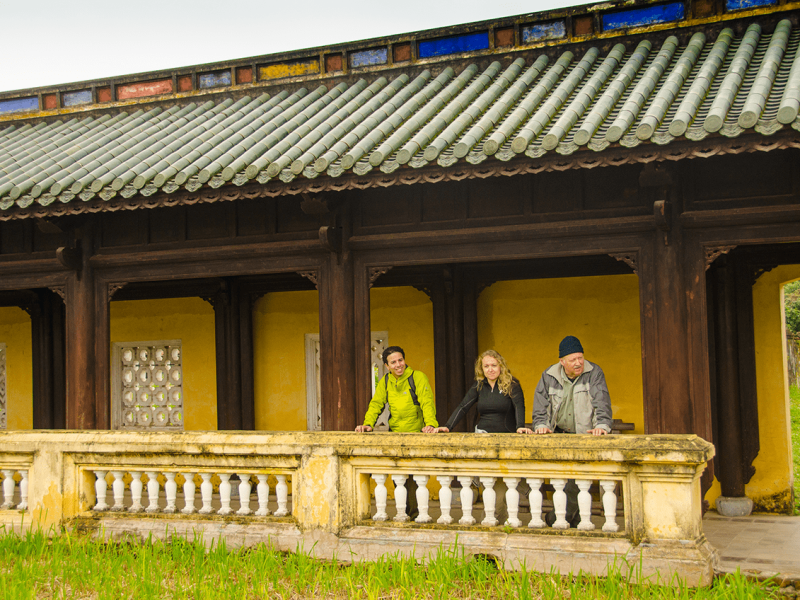
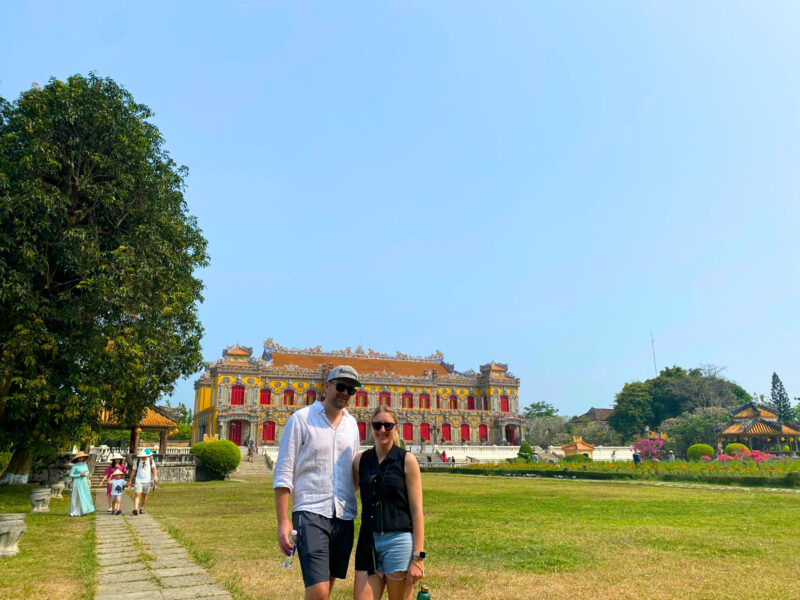
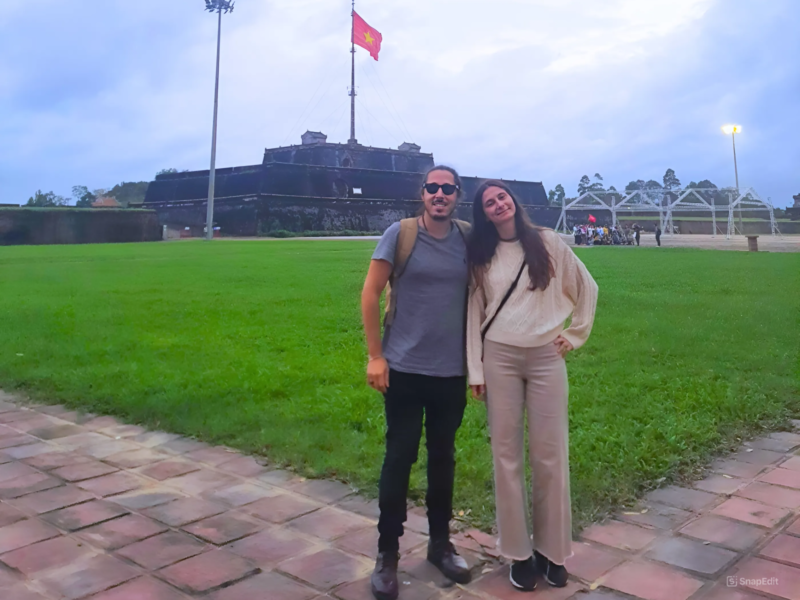






11 reviews for Hue Imperial City Walking Tour